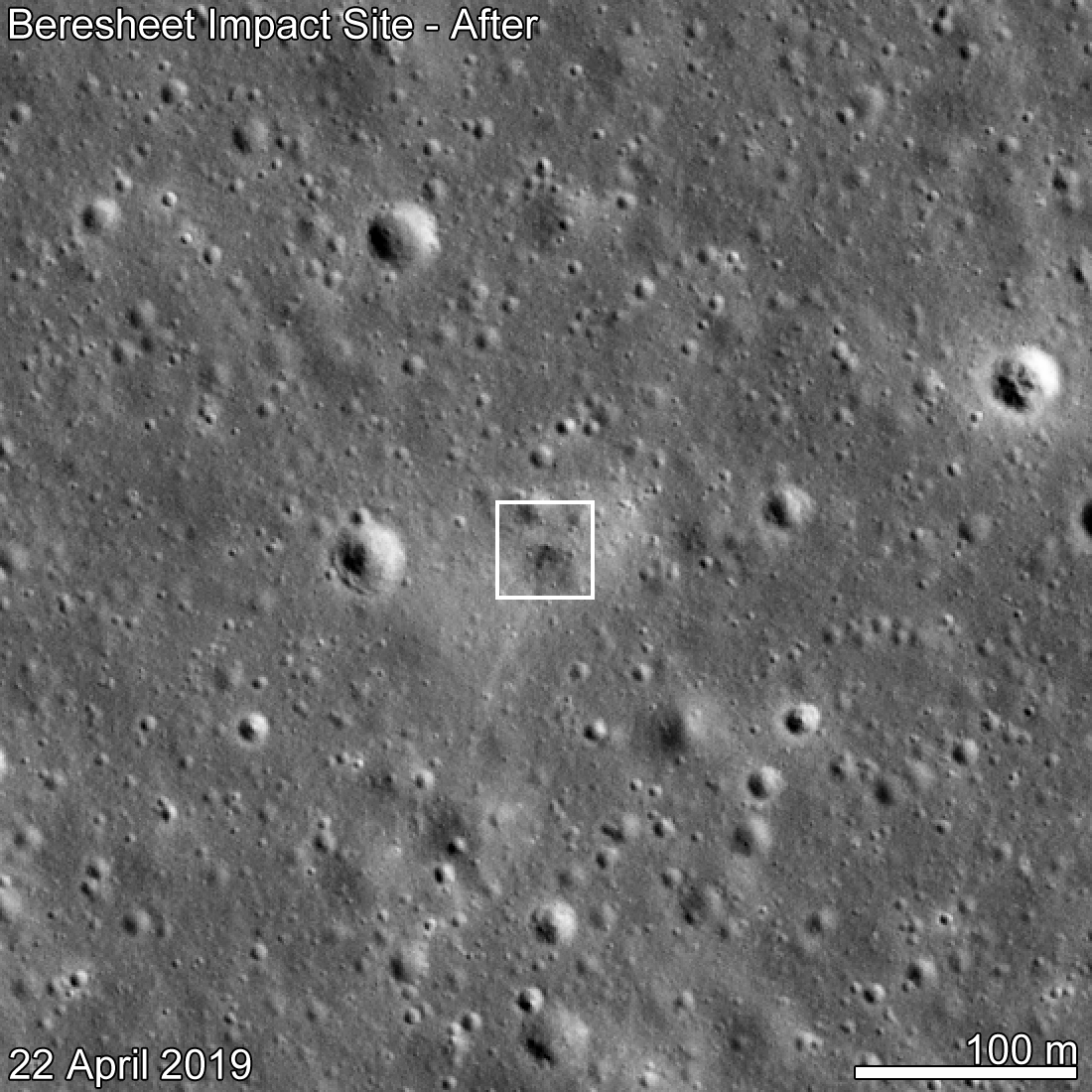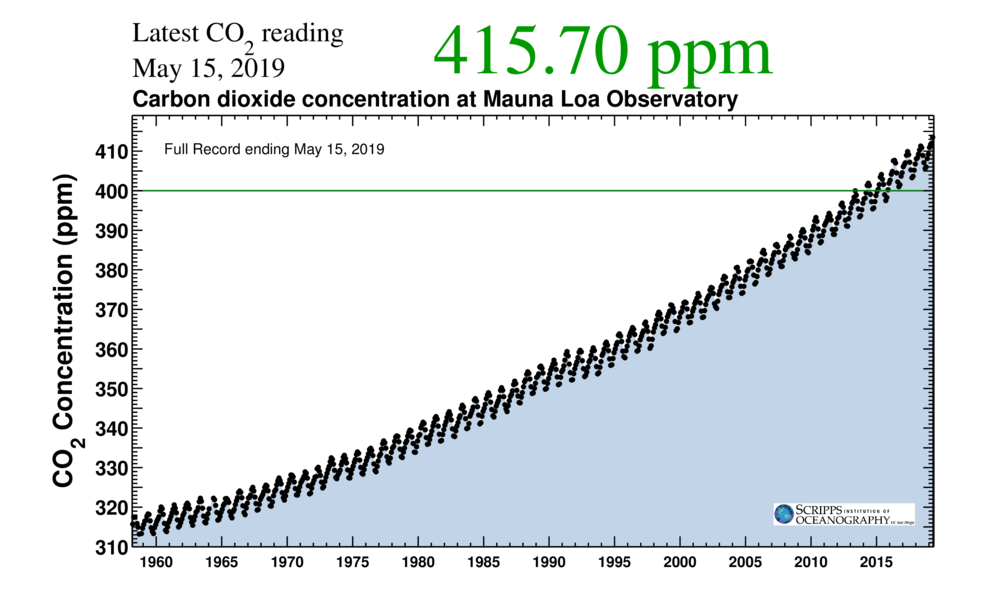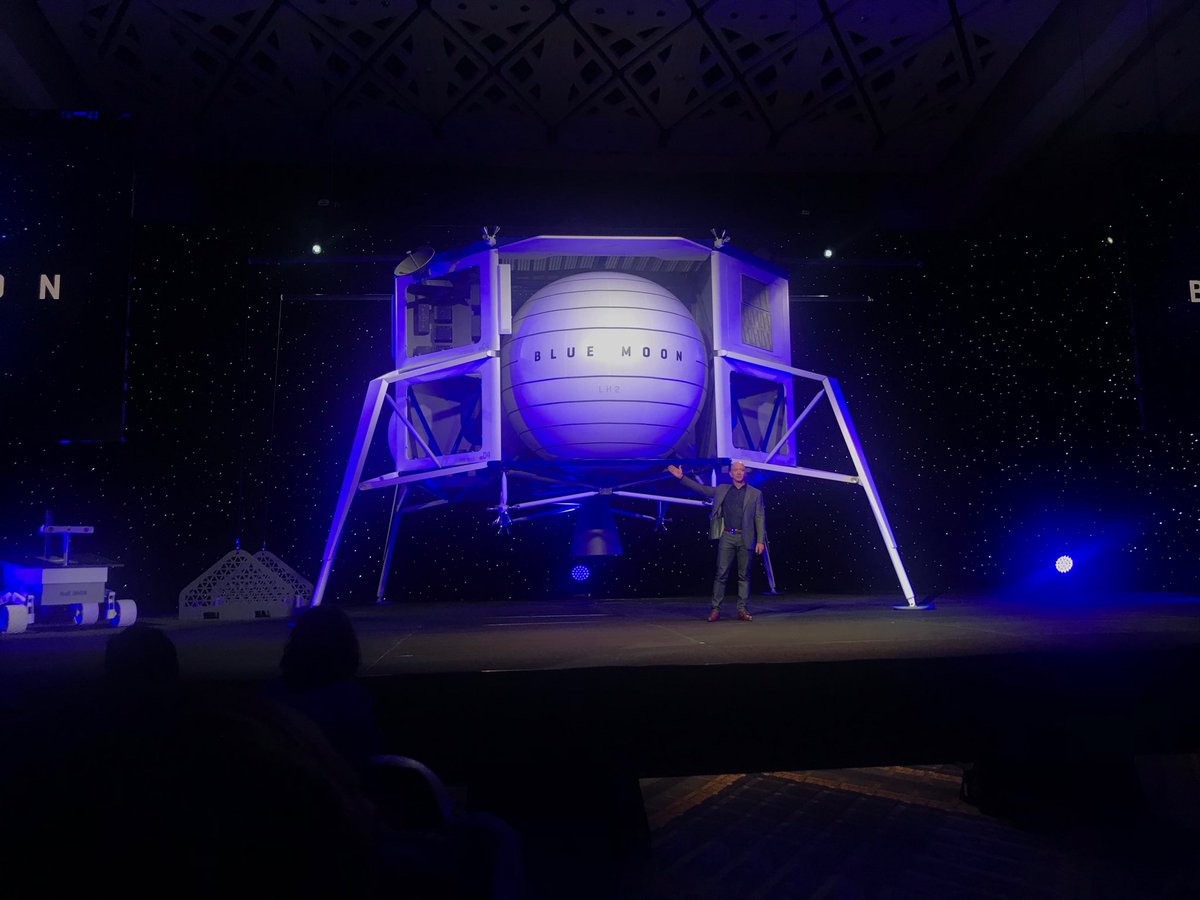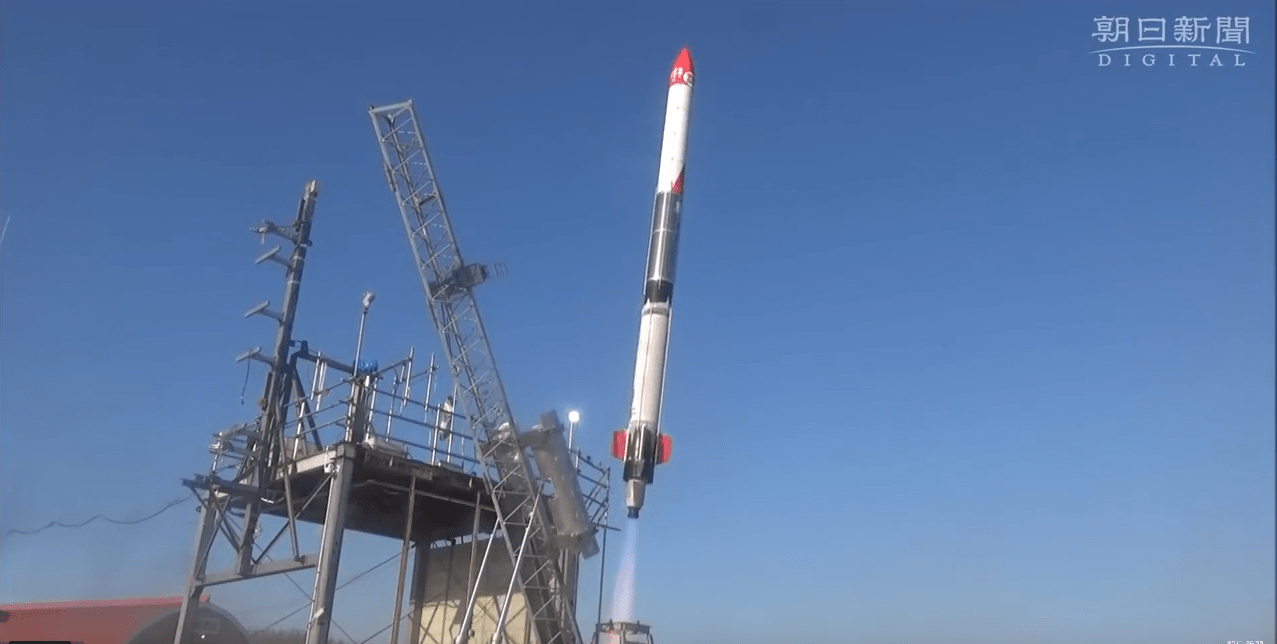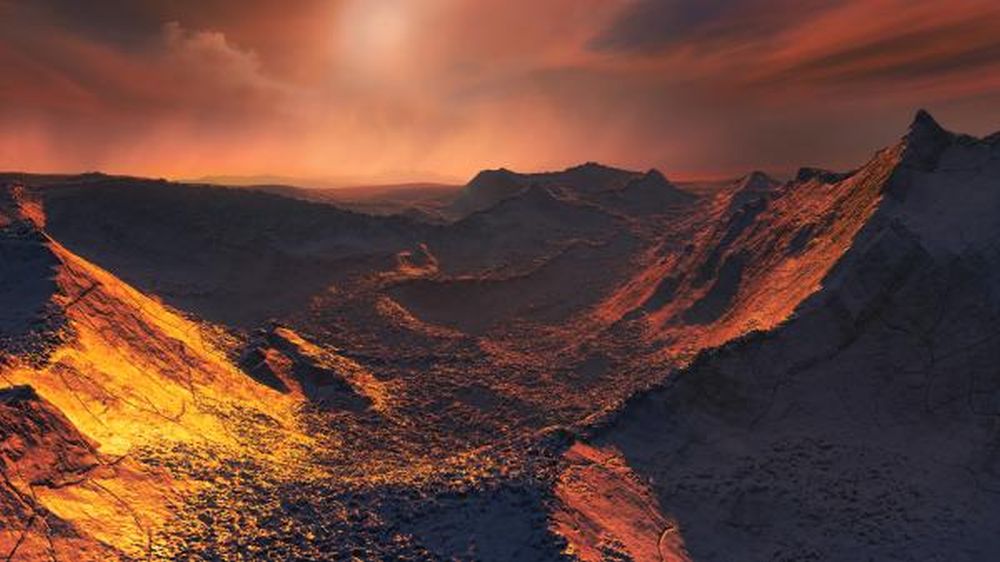The Beresheet lander came oh-so-close to touching down on the surface of the Moon, but something went wrong and it didn’t make it. Now, thanks to the Lunar Reconnaissance Orbiter, the exact point of impact can be seen.
Continue reading “Here’s Where Beresheet Crashed into the Moon”Today is the Highest Concentration of Atmospheric CO2 in Human History. 415 Parts Per Million. Last Time it Was This High, There Were Trees at the South Pole
Think about this for a minute: We humans and our emissions are helping turn back the climatological clock by 2 or 3 million years, possibly more. Not since that time, called the Pliocene Epoch, has the CO2 ppm risen above 400.
Way back then, the CO2 helped keep the Earth’s temperature 2 to 3 degrees C warmer than it is now. And the Earth was a much different place back then.
Continue reading “Today is the Highest Concentration of Atmospheric CO2 in Human History. 415 Parts Per Million. Last Time it Was This High, There Were Trees at the South Pole”NASA’s 2024 Moon Mission is called Artemis, and Will Need an Additional $1.6 Billion in Funding
The Moon’s going to have more human visitors in the year 2024. NASA has announced that their mission to the Moon, which is named Artemis after the Greek goddess of hunting, has been advanced by four years, from 2028 to 2024. But there’s a catch: they need more dough to do it. $1.6 billion more.
Continue reading “NASA’s 2024 Moon Mission is called Artemis, and Will Need an Additional $1.6 Billion in Funding”The Blue Origins Founder Wants to Get to the Moon by 2024
Blue Origin is going to the Moon. In an hour-long presentation in Washington DC on May 9th, Jeff Bezos spelled out his plans for reaching the Moon, confirming what many guessed he was hinting at in a tweet from the previous week.
Bezos and his company, Blue Origin, are developing a lunar lander capable of landing a large payload of 6.5 metric tons (14,330 lbs.) on the lunar surface. The lander is being called ‘Blue Moon’ and the target date for its rendezvous with the Moon is 2024.
Continue reading “The Blue Origins Founder Wants to Get to the Moon by 2024”The Black Hole Picture Could Be So Much Better If You Add Space Telescopes
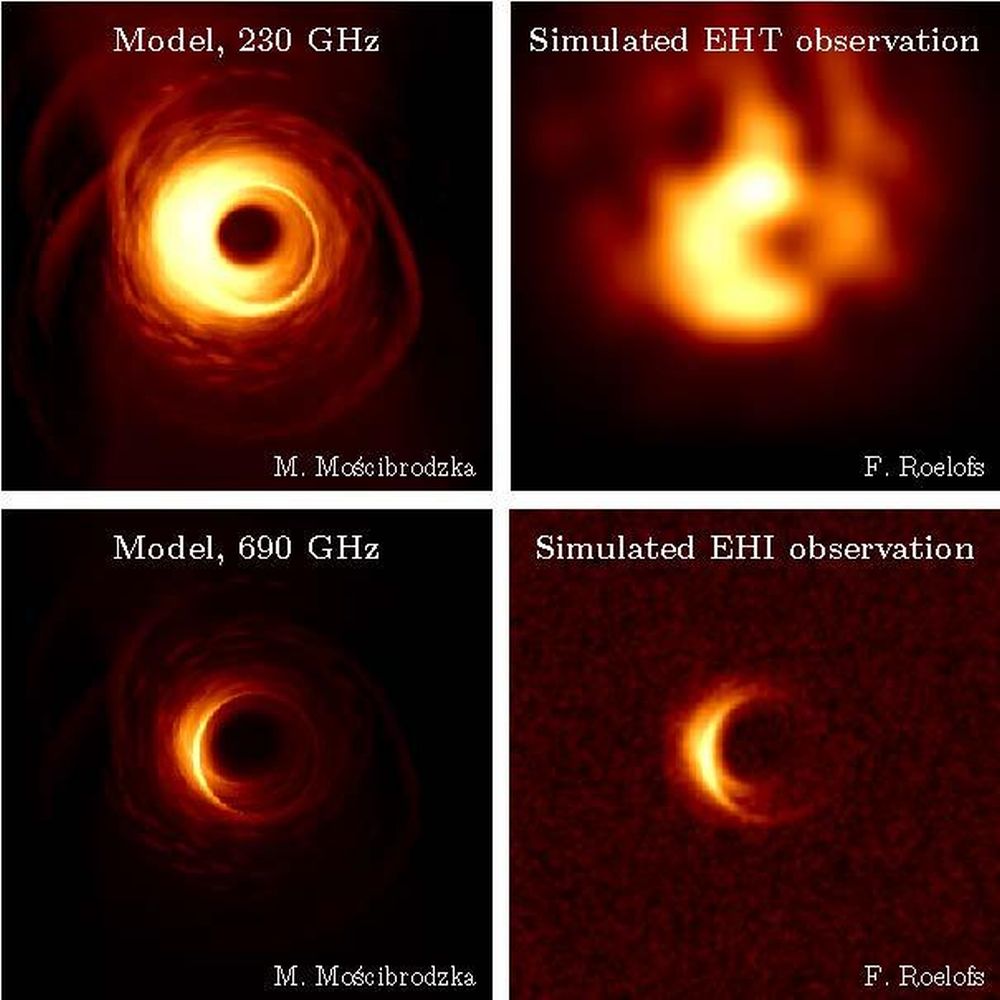
Our first picture of a black hole was a huge moment for science. But we can’t stop there. We need better pictures that deliver more information. That’s how we’ll learn even more about these strange, rule-breaking behemoths.
Now a group of astronomers from the Radboud University in the city of Nijmegen, Netherlands, along with the European Space Agency and other partners, are developing a plan to get much sharper pictures of black holes.
Continue reading “The Black Hole Picture Could Be So Much Better If You Add Space Telescopes”Before We Ruin the Universe, We Should Follow Some Space Sustainability Guidelines
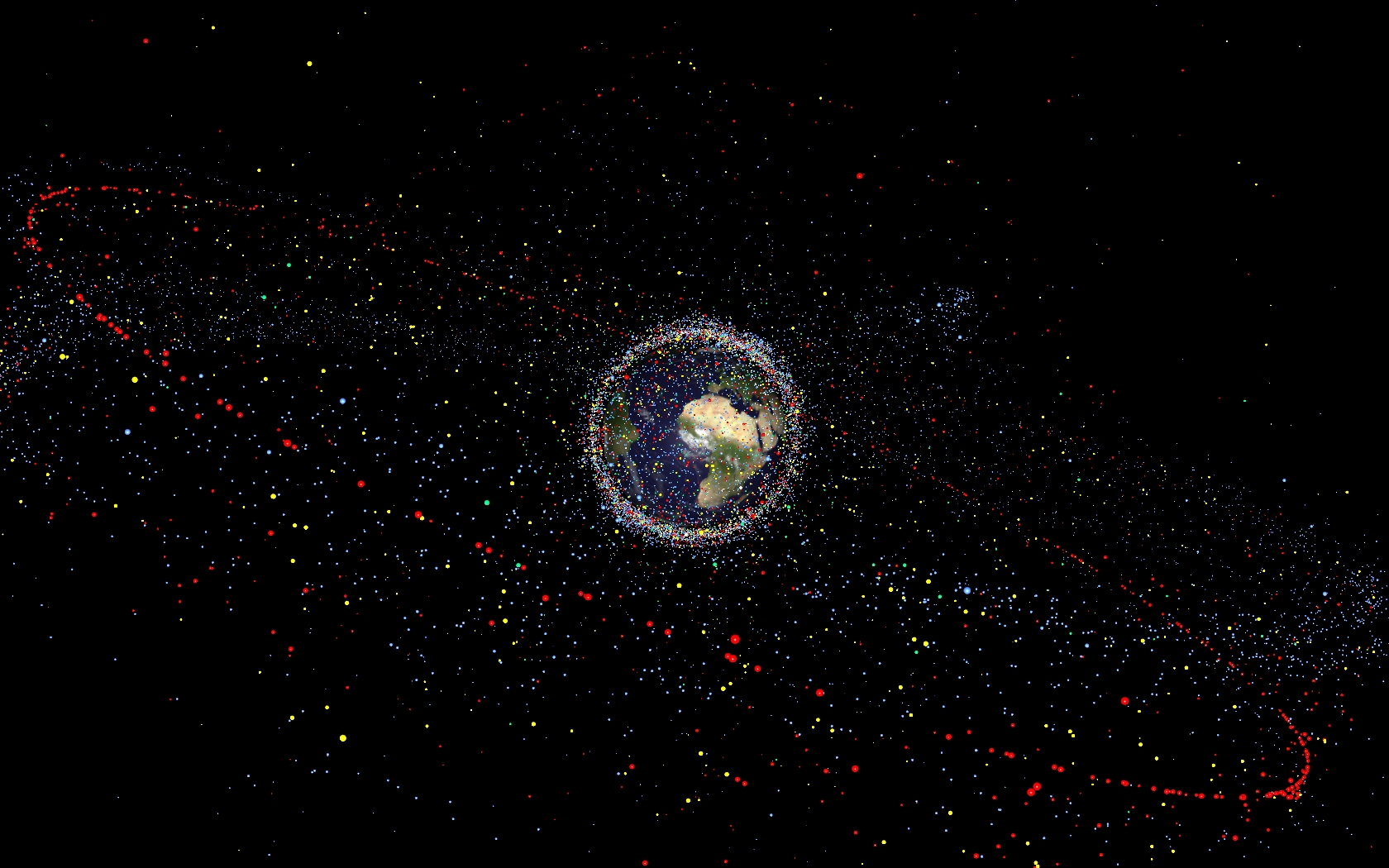
There are 20,000 objects orbiting Earth at this moment that are larger than 10 cm. Out of that number, only about 2,000 are operational satellites. The other 18,000 objects are pieces of junk of varying sizes. But it’s not just junk: it’s dangerous junk.
If that doesn’t sound like a problem, keep this in mind: Thanks to SpaceX and others, we’re living in the age of cheap access to space, and we’re seeing more and more satellites boosted into orbit. The problem won’t go away on its own.
Continue reading “Before We Ruin the Universe, We Should Follow Some Space Sustainability Guidelines”Japan’s First Private Rocket Flies to Space
Have you heard of Interstellar Technologies? They’re the latest private company to launch their own rocket into space. They’re a Japanese company, and like other private space companies, their stated goal is to lower the cost to access space.
Continue reading “Japan’s First Private Rocket Flies to Space”Habitability of Planets Will Depend on Their Interiors
A lot of the headlines and discussion around the habitability of exoplanets is focused on their proximity to their star and on the presence of water. It makes sense, because those are severely limiting factors. But those planetary characteristics are really just a starting point for the habitable/not habitable discussion. What happens in a planet’s interior is also important.
Continue reading “Habitability of Planets Will Depend on Their Interiors”The Global Dust Storm that Ended Opportunity Helped Teach us how Mars Lost its Water
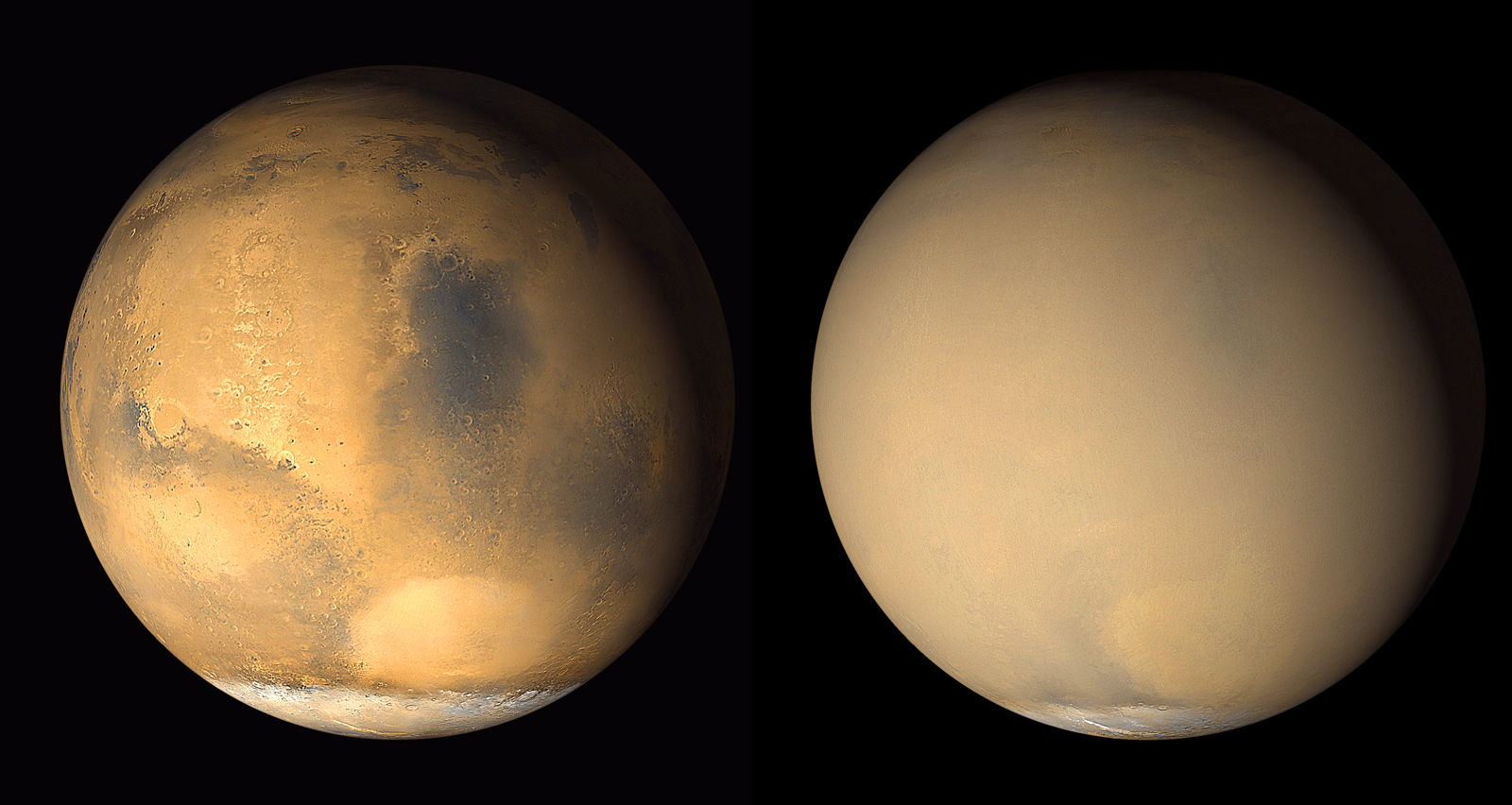
The enduring, and maybe endearing, mystery around Mars is what happened to its water? We can say with near-certainty now, thanks to the squad of Mars rovers and orbiters, that Mars was once much wetter. In fact that planet may have had an ocean that covered a third of the surface. But what happened to it all?
As it turns out, the global dust storms that envelop Mars, and in particular the most recent one that felled the Opportunity rover, may offer an explanation.
Continue reading “The Global Dust Storm that Ended Opportunity Helped Teach us how Mars Lost its Water”Blue Origin’s New Shepard Flies Again, a Week Before Their Mysterious Announcement
Today’s breed of billionaire space entrepreneurs likes to keep us guessing, don’t they? Mr. Elon Musk is famous for announcing partial plans on Twitter, then leaving us to cajole the details out of him. Now, Jim Bezos, Amazon founder and Blue Origin visionary, is making us guess what an upcoming mysterious announcement might mean, all on the tails of another successful flight for New Shepard.
Continue reading “Blue Origin’s New Shepard Flies Again, a Week Before Their Mysterious Announcement”
